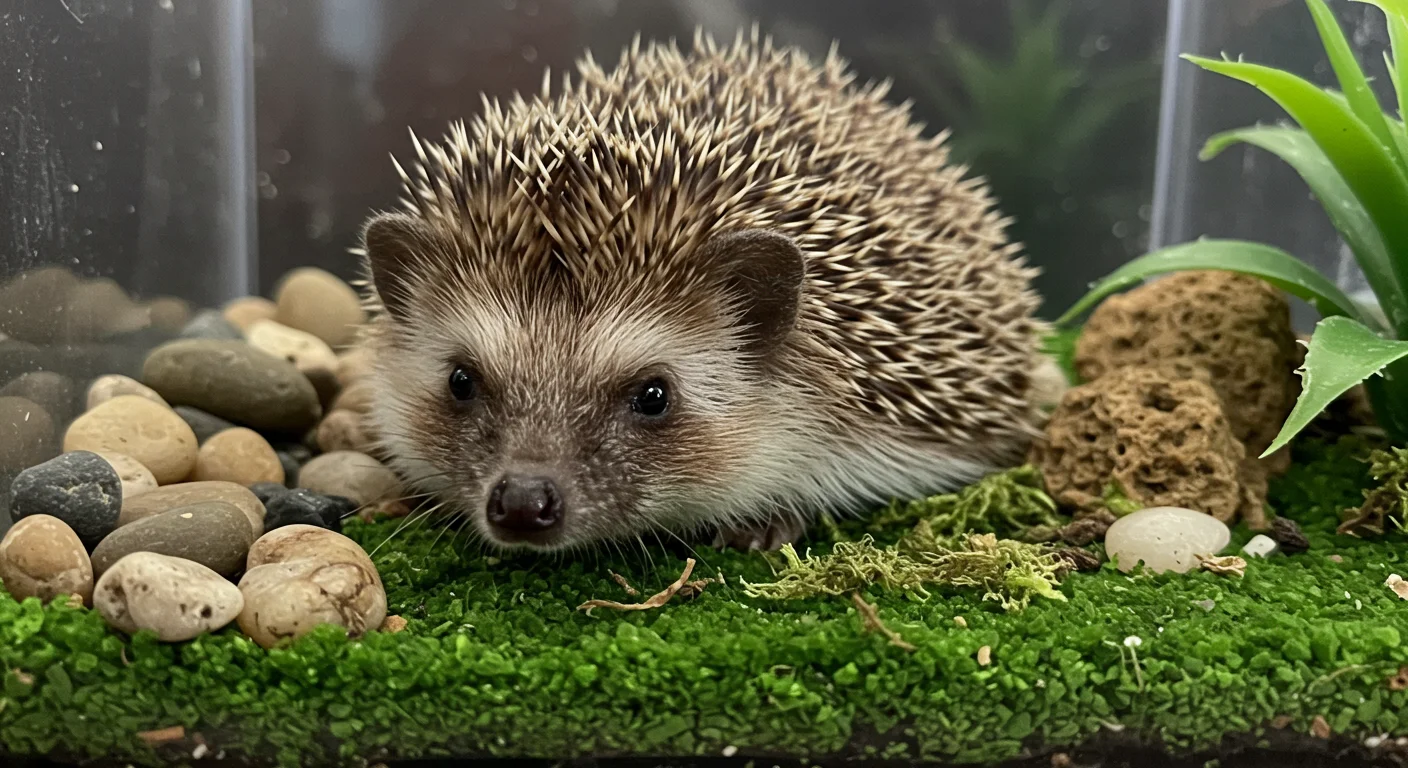Hedgehog Nighttime Activity: How to Manage Noisy Wheels
Hedgehogs are nocturnal, meaning their prime activity time is when you’re likely trying to sleep. A running wheel is essential for their physical health and mental well-being, allowing them to burn energy and satisfy their instinct to roam. However, a noisy wheel can quickly become disruptive for owners. Thankfully, there are ways to manage and minimize wheel noise.
Why are Hedgehog Wheels Noisy?
Several factors contribute to wheel noise:
- Poor Design: Wheels with center axles, flimsy construction, or metal-on-metal contact points are often inherently noisy.
- Small Size: If the wheel is too small, the hedgehog runs with an arched back, potentially hitting the axle or sides more often.
- Lack of Maintenance: Bearings get dirty or dry, screws loosen, and parts start to rattle or squeak.
- Vibration Transfer: The wheel’s vibration can transfer to the cage stand or floor, amplifying the sound.
- Hedgehog Habits: Some hedgehogs “thump” as they run, or they might drag bedding into the wheel, causing extra noise.
Understanding why is my hedgehog running all night (it’s natural!) helps, but addressing the noise source is key.

Choosing a Quiet Wheel
Investing in a quality wheel designed for quiet operation is the most effective step. Look for these features:
- Appropriate Size: Minimum 10.5 inches diameter, ideally 12 inches, for an adult African Pygmy Hedgehog to prevent back arching.
- Solid Running Surface: Prevents feet/nails from getting caught (avoid wire or mesh).
- Bearing System: High-quality ball bearings are much quieter than axles. Look for designs often marketed as “silent spinners,” though complete silence is rarely achievable. Popular choices include bucket wheels or specific brands known for quietness (e.g., Carolina Storm, Kaytee Silent Spinner – though quality can vary, especially with Kaytee).
- Sturdy Construction: A well-built wheel made from thick plastic or coated metal is less likely to rattle.
Finding a truly quiet hedgehog exercise wheel often means opting for specialized designs rather than standard pet store offerings.
Maintenance for Silence
Even quiet wheels need regular maintenance:
- Cleaning: Keep the wheel and bearings free of debris, urine, and feces. Dirt impedes smooth movement.
- Lubrication: Apply pet-safe lubricant (like non-toxic silicone lubricant or even vegetable oil in a pinch, though it attracts dirt) to bearings or axle points as needed. *Never use WD-40*, which is toxic if ingested.
- Tighten Screws: Regularly check and tighten any screws on the wheel or stand.
- Inspect for Damage: Check for cracks or warping that might cause noise.
Listen Regularly: Pay attention to changes in wheel noise. A new squeak or rattle usually indicates maintenance is needed.
Cage Placement Strategies
Where and how the cage is set up can influence noise levels:
- Stable Surface: Place the cage on a solid, level surface. Avoid wobbly tables.
- Dampen Vibrations: Place a thick mat (yoga mat, cork tile, piece of carpet) under the cage to absorb vibrations.
- Secure the Wheel: If the wheel stand tends to move, try securing it slightly within the cage (e.g., zip ties to the side if safe and doesn’t impede movement, or placing heavier objects near the base).
- Room Choice: If possible, keep the hedgehog cage in a room where nighttime noise is less likely to disturb sleepers.

Accepting Nocturnal Activity
While you can minimize the *noise* of the wheel, you cannot (and should not) stop your hedgehog from running at night. It’s essential for their health. Part of owning a nocturnal animal is accepting their natural activity cycle. Using earplugs or a white noise machine in your bedroom can also be effective coping strategies if some level of noise persists despite your best efforts.
By choosing the right equipment, performing regular maintenance, and considering cage setup, you can significantly reduce wheel noise and coexist peacefully with your active nocturnal pet.
















